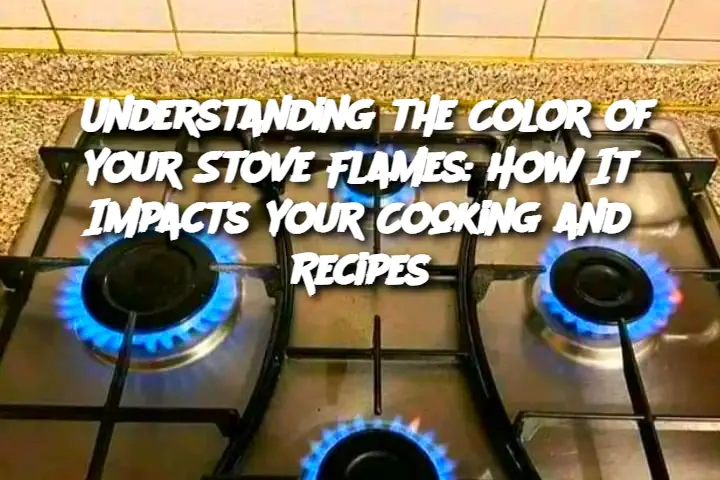ADVERTISEMENT
Experiment with the following cooking techniques to better understand how flame color impacts different recipes:
Searing Proteins
Use a properly adjusted blue flame to create a golden crust without burning.
Simmering Sauces
A steady, low blue flame helps reduce sauces evenly without scorching.
Frying Vegetables
Test how a yellow flame affects the crispiness of fried foods compared to a blue flame.
FAQ
Q1: What does a yellow flame mean?
A: A yellow or orange flame indicates incomplete combustion, which can lead to uneven cooking and even carbon monoxide production. Have your stove serviced if this persists.
Q2: Is a blue flame always safe?
A: While blue flames are generally ideal, ensure your stove is vented properly to prevent gas buildup.
Q3: Can an electric stove mimic flame efficiency?
A: Electric stoves don’t use flames but rely on precise temperature settings, which can replicate consistent heat distribution similar to a blue flame.
Q4: Why is my food burning even with a blue flame?
A: Check the intensity and distance of the flame to ensure the heat isn’t too high. Adjust the flame to suit the recipe.
By paying attention to the color of your stove flames, you can master the art of precision cooking while ensuring efficiency and safety in your kitchen. Happy cooking!
ADVERTISEMENT
